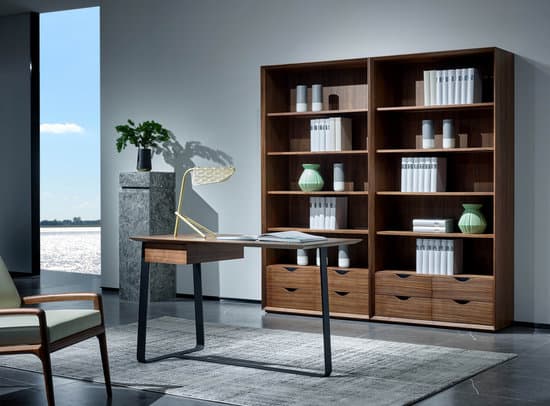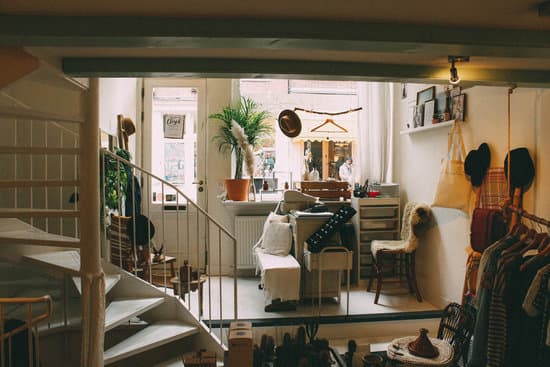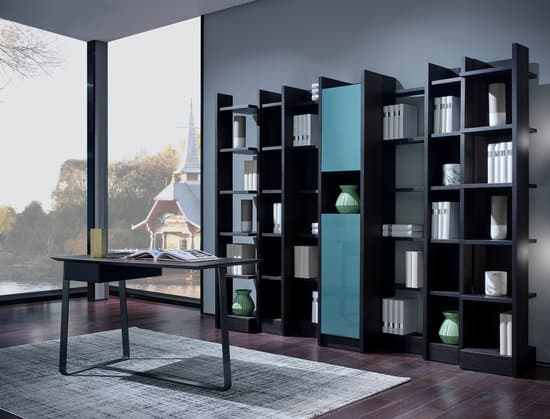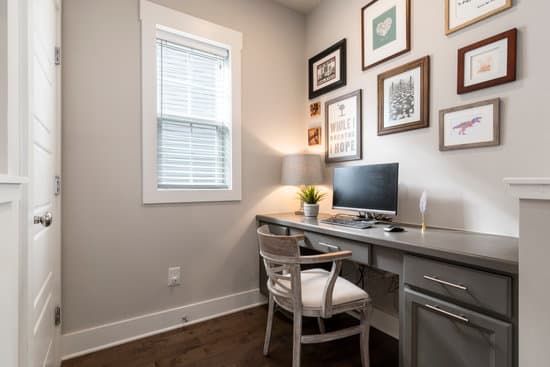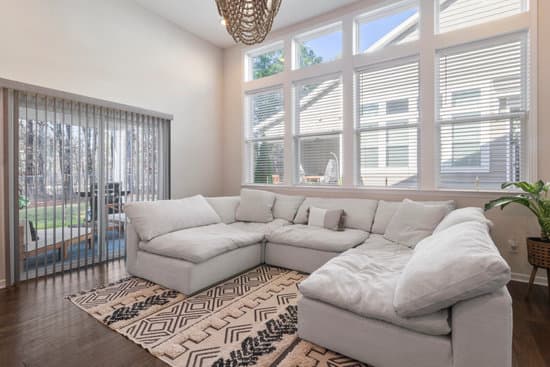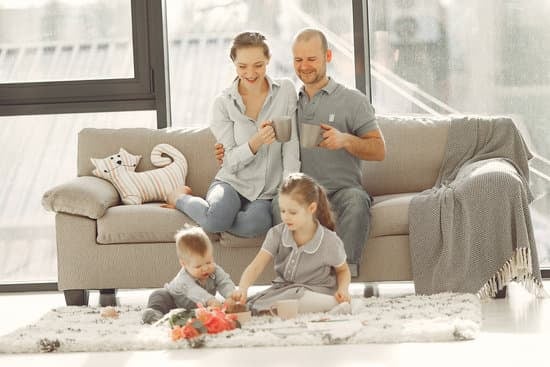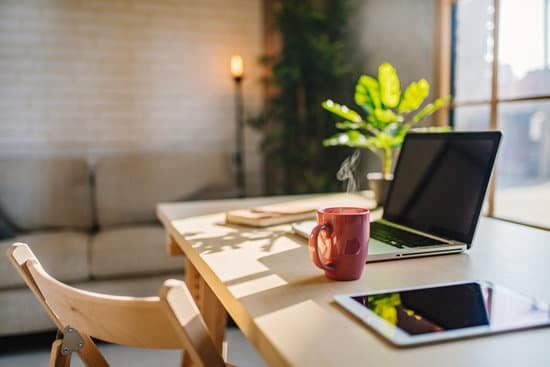The Art of Creating Bonkei
Bonkei is not just another miniature landscape. It is a unique form of Japanese art that allows one to create a beautiful and intricate representation of nature in a small space. The art of creating bonkei requires immense patience and attention to detail. It is a methodical process that involves selecting the right materials, arranging them in a tray, and shaping the landscape to tell a story. The creation of bonkei requires an understanding of the natural landscape and an ability to replicate it in miniature form. The process involves arranging the elements in a tray to create an illusion of depth, perspective, and balance. The ultimate goal is to create a landscape that looks so realistic that it appears to be a living, breathing scene in miniature.Understanding the Bonkei Landscape
A bonkei landscape is a representation of nature in miniature. It is a 3D reconstruction of a natural environment, whether it be a river, a mountain, or a forest. The landscape is designed to tell a story and evoke emotions in the viewer. A bonsai tree, for example, can be used to represent the cycle of life or the passing of time. Rocks and sand can be used to symbolize mountains or rivers. Bonkei landscapes are typically created in shallow trays, which can be made from a variety of materials. The tray serves as the base for the landscape and provides a platform for arranging the elements. The scene is created using primarily dry materials, and additional elements such as miniature figures, buildings, and animals can be added to add depth and detail.The Materials Used in Making Bonkei
The materials used in bonkei are typically dry materials that can last for a long time without rotting or decaying. Some of the primary materials used in making bonkei include:- Stones and rocks of various sizes and shapes
- Sand and gravel
- Paper and papier-mache
- Small plants and bonsai trees
- Miniature figures, buildings, and animals
Step-by-Step Guide in Making Bonkei
Making a bonkei landscape requires time, patience, and attention to detail. Here is a step-by-step guide to creating a simple bonkei landscape:- Select a shallow tray as the base for the landscape.
- Add a layer of gravel or sand to the bottom of the tray to create texture and depth.
- Arrange larger stones and rocks in the tray to create the basic structure of the landscape.
- Add smaller rocks and gravel to fill in gaps and create a natural-looking terrain.
- Plant a bonsai tree or other small plants to add greenery and depth to the landscape.
- Place miniature figures, buildings, and animals in the scene to add detail and interest.
Care and Maintenance of a Bonkei
Bonkei landscapes require minimal maintenance and can last for many years with proper care. Here are some tips for caring for a bonkei:- Water the bonsai tree or plants regularly.
- Clean the tray and elements periodically to remove dust and debris.
- Trim the plants and trees to maintain their shape and size.
- Keep the bonkei out of direct sunlight, which can cause the elements to fade or dry out.
- Protect the bonkei from extreme temperatures or humidity, which can damage the elements.




